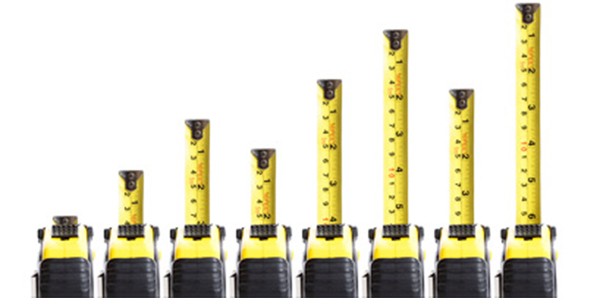
Part 5 of a Six-Part Series: Six Reasons Your MGO Will Stay at Your Organization
When I talk to MGOs or Development Directors who have a caseload of major donors, and I ask them why they have been in their positions for a long time at a particular organization, one of the reasons I get is that their CEOs or Executive Directors allow them to “manage up.”
Manage up?
That’s right. A good CEO or Executive Director allows her development director or MGO to manage her portfolio and to essentially tell the CEO what she needs to do to cultivate and steward those donors.
Unfortunately, this doesn’t happen very often. It drives Richard and me nuts when we see a CEO or ED “hold tight” to “my donors” without getting input from the experts he hired to manage the program in the first place. Usually, it’s an ego and control thing. The CEO feels he is the only one who knows his donors best, and he doesn’t allow his development director or major gift officer to help him cultivate and steward the donors.
The result, more often than not, is a caseload of 10-20 of the best donors that are not cultivated correctly. And money is left on the table, because the CEO is way too busy to properly do the work necessary to build those relationships.
What happens over time is that this top-down leadership style starts to become stifling to those who are in the subordinate position. They get frustrated with the leader’s lack of inclusion; the DoD or MGO feels he or she isn’t necessary to the organization’s success, and the fundraiser starts looking for another job where he can use his expertise and influence.
MGOs will stay, however, when the major gift program looks something like this:
- The ED or CEO has a portfolio of 10-15 donors. The DoD or MGO will manage the caseload for her. He will make sure that everyone is clear on the revenue goals and the strategic plan to achieve those goals; then he will develop and suggest monthly touches that the CEO will execute. The DoD or MGO will lead those strategic discussions and get input from the CEO. Together, they will craft offers and develop a solicitation strategy.
- The ED has a weekly check-in meeting regarding his portfolio. It’s the DoD or MGO that leads that meeting. She drives the agenda, not the ED. Out of that meeting will come a series of actions that the ED will need to complete. The DoD or MGO will follow up with the ED to make sure those planned activities are completed. The ED allows the DoD or MGO to keep him on track and accountable to those actions. Nothing is worse than when an ED doesn’t meet regularly about his caseload. The message is “it’s not important to me.”
- The ED is prepped for solicitations. During the course of the year, there will be 10 to 15 face-to-face solicitations that the CEO will conduct. Each of those solicitations will require practice. The CEO allows the DoD or MGO to lead her through a series of strategy and role-playing sessions for each solicitation. The CEO may have the DoD or MGO present in that solicitation meeting, but will do the actual solicitation. The important thing here is that the CEO submits to the DoD or MGO because the fundraiser is the expert in this area, and she is allowing him to do his job.
- The CEO does follow-up. Again, the CEO takes the DoD’s or MGO’s lead. The fundraiser will prepare the CEO with the follow-up strategy. What this does is it allows the major gift experts to control the entire strategy and support the CEO, to make his job as easy as possible in this area. This way everyone is on the same page about how they’re communicating with the donor.
The bottom line: as a CEO or ED, if you are going to be an effective leader and KEEP good development professionals, you have to allow them to do their jobs. This means allowing those professionals to manage you as it relates to your portfolio of major donors. This will show that you trust their ability to do the job, and you will give them a sense of control over the entire major gift strategy.
Jeff







Oh my goodness…thank you. I’m not crazy and my frustrations haven’t been in vain.
No, you are not crazy! Thanks for reading.
Jeff